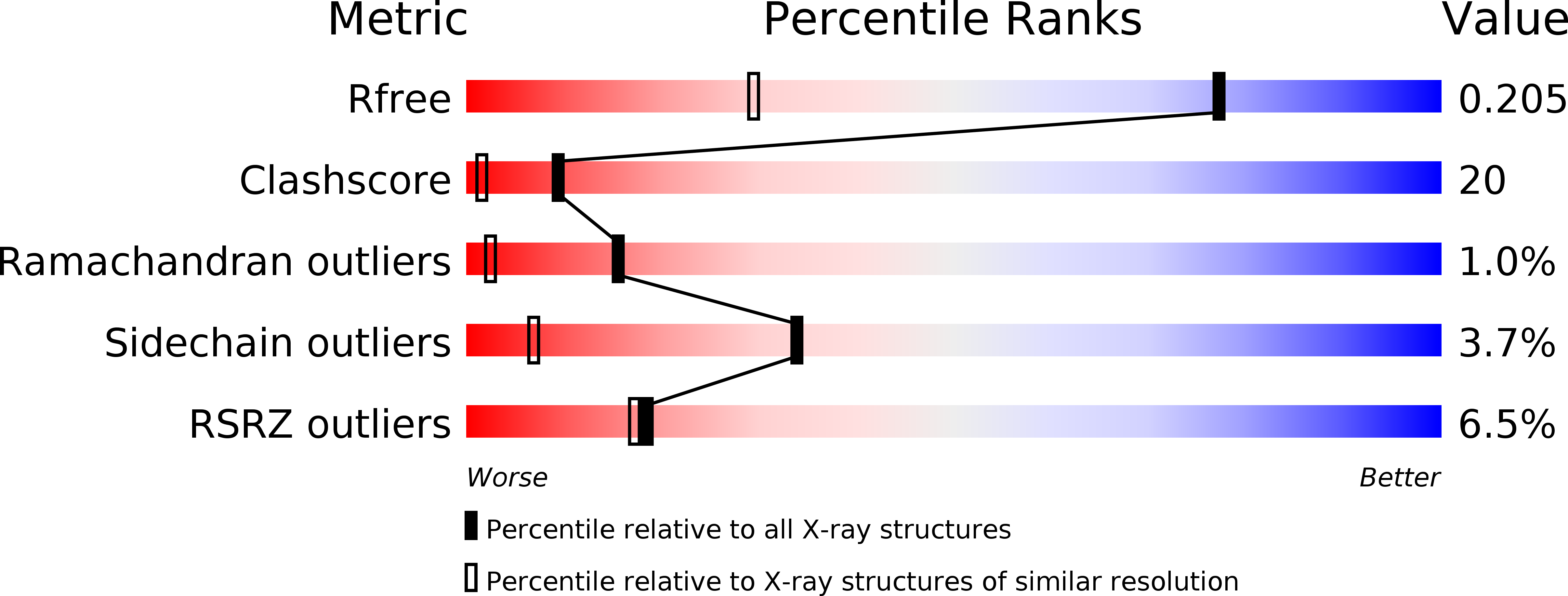
Deposition Date
2008-12-17
Release Date
2009-03-03
Last Version Date
2024-10-23
Entry Detail
PDB ID:
2ZWS
Keywords:
Title:
Crystal Structure Analysis of neutral ceramidase from Pseudomonas aeruginosa
Biological Source:
Source Organism:
Pseudomonas aeruginosa (Taxon ID: 287)
Host Organism:
Method Details:
Experimental Method:
Resolution:
1.40 Å
R-Value Free:
0.20
R-Value Work:
0.17
R-Value Observed:
0.17
Space Group:
C 1 2 1


